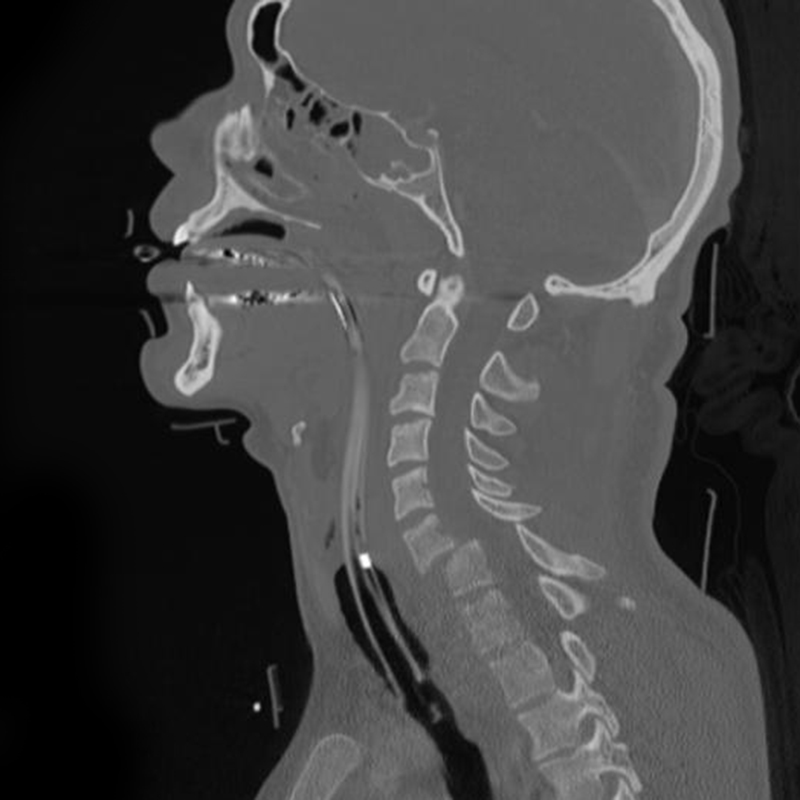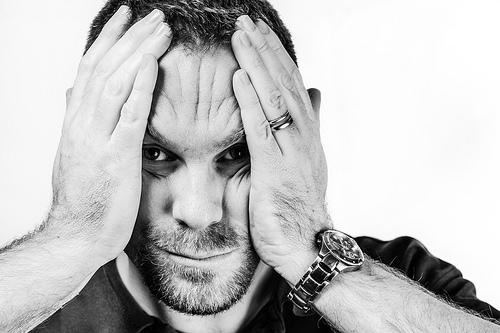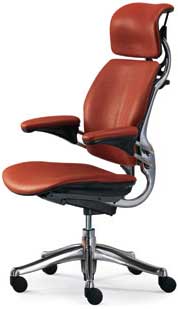 Individuals, engaged in strenuous everyday tasks of lifting and shifting heavy loads, and operating machines and computers for long hours on end, run a high risk of experiencing spinal disc injuries. Injuries in the spine or neck region tend to cause extreme pain and hindrance in the movement of the back or neck. Cervical herniated disc is a medical condition in which the patient feels excruciating pain in the neck, due to a slipped disc. Chiropractors provide invasive treatment methods for relieving the pain in the neck and spinal areas of the body.
Individuals, engaged in strenuous everyday tasks of lifting and shifting heavy loads, and operating machines and computers for long hours on end, run a high risk of experiencing spinal disc injuries. Injuries in the spine or neck region tend to cause extreme pain and hindrance in the movement of the back or neck. Cervical herniated disc is a medical condition in which the patient feels excruciating pain in the neck, due to a slipped disc. Chiropractors provide invasive treatment methods for relieving the pain in the neck and spinal areas of the body.
What Is A Cervical Herniated Disc?
It is a medical condition, in which the individual suffers from extreme pain in the neck, and sometimes shoulder region, due to a slipped disc or pressure on a nerve. Cervical herniated disc injuries are less common than a lumbar herniated disc, which affects the lower region of the body. A cervical herniated disc condition is in the neck region of the body.
The 7 applicable vertebra of the spine are termed as C1 to C7, in a descending manner, for medical convenience. Between every two vertebra, a disc is located which serves as shock absorbers for the spine. The exertion and pressure on the neck and spine of the body causes swelling or bulging of the disc which might in extreme cases, even cause the disc to rupture, resulting in severe disc injuries.
The swelling and bulging of the disc exerts pressure on the nerves, which results in extreme pain in the neck and back region, hampering movement of the affected individual. A slipped disc or cervical herniated disc in the vertebra segment of C4 to C5 causes nerve root impingement, which results in pain in the upper shoulder or arm, hindering movement. Any swelling in the cervical segment of C5 to C6 results in weakening the front arm muscles, also called biceps, and causes a numbing and tingling pain in the wrist. It is the most common area in which a cervical herniated disc condition occurs.
The herniation of the discs in the C6 to C7 vertebra results in creating painful sensations in the back muscles of the arm, also called triceps, which extends all over the hand, causing pain up to the fingers. Any disc herniation in the C7 to T1 region, results in affecting the control and grip of the hand, with a tingling pain and numb sensation throughout.
Chiropractic Care
Chiropractic care and treatment methods are highly effective for different musculoskeletal disorders and spinal disc injuries, experienced by individuals because of over exertion and engagement in strenuous activities. Chiropractors provide services for joint and muscle adjustment and pain relief.
Image used under Creative Commons Licensing: Cervical fracture dislocation C6-C7.jpeg



